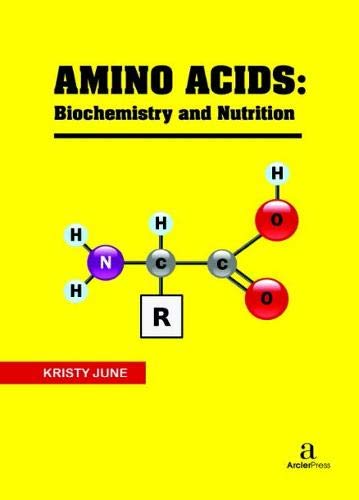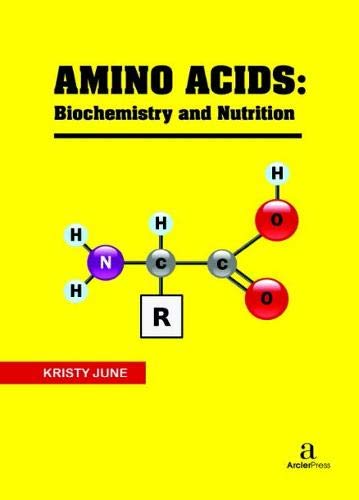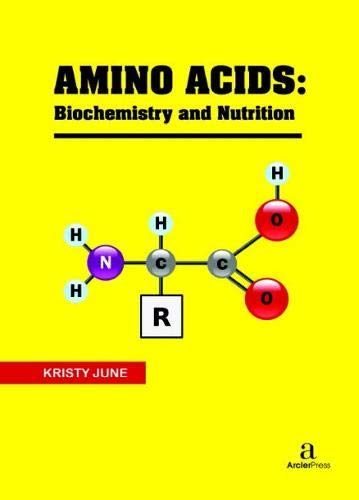Amino Acids: Biochemistry and Nutrition
Amino Acids: Biochemistry and Nutrition is backordered and will ship as soon as it is back in stock.
Couldn't load pickup availability
Genuine Products Guarantee
Genuine Products Guarantee
We guarantee 100% genuine products, and if proven otherwise, we will compensate you with 10 times the product's cost.
Delivery and Shipping
Delivery and Shipping
Products are generally ready for dispatch within 1 day and typically reach you in 3 to 5 days.
Author: June, Kristy
Binding: hardcover
Number Of Pages: 242
Release Date: 30-11-2016
Details: Proteins are large, complex molecules essential for the normal function of the human body, specifically in the structure, function and regulation of tissues and organs. They are made up of hundreds of smaller units called amino acids that are attached to one another by peptide bonds, forming a long chain. Amino acids form polymers through a nucleophilic attack by the amino group of an amino acid at the electrophilic carbonyl carbon of the carboxyl group of another amino acid. The carboxyl group of amino acid must first be activated to provide a better leaving group than OH-. The resulting link between amino acids is an amide link, which biochemists call a peptide bond. In this reaction, water is released. In reverse reaction, the peptide bond can be cleaved by water (hydrolysis). When two amino acids link together to form an amide link, the resulting structure is called a dipeptide. Likewise, we can have tripeptides, tetrapeptides, and other polypeptides. At some point, when the structure is long enough, it is called protein. There are many different ways to represent the structure of a polypeptide or protein, each showing different amount of information. The key elements of an amino acid are carbon, hydrogen, oxygen, and nitrogen, though other elements are found in the side-chains of certain amino acids. They can be classified according to the core structural functional groups' locations as alpha- (?-), beta- (?-), gamma- (?-) or delta- (?-) amino acids; other categories relate to polarity, pH level, and side-chain group type (aliphatic, acyclic, aromatic, containing hydroxyl or sulfur, etc.). In different forms of proteins, amino acids comprise the second largest component (water is the largest) of human muscles, cells and other tissues. Outside proteins, amino acids perform critical roles in processes, such as neurotransmitter transport and biosynthesis. In biochemistry, amino acids having both the amine and the carboxylic acid groups attached to the first (alpha
EAN: 9781680945218
Package Dimensions: 8.7 x 7.9 x 0.8 inches
Languages: English





